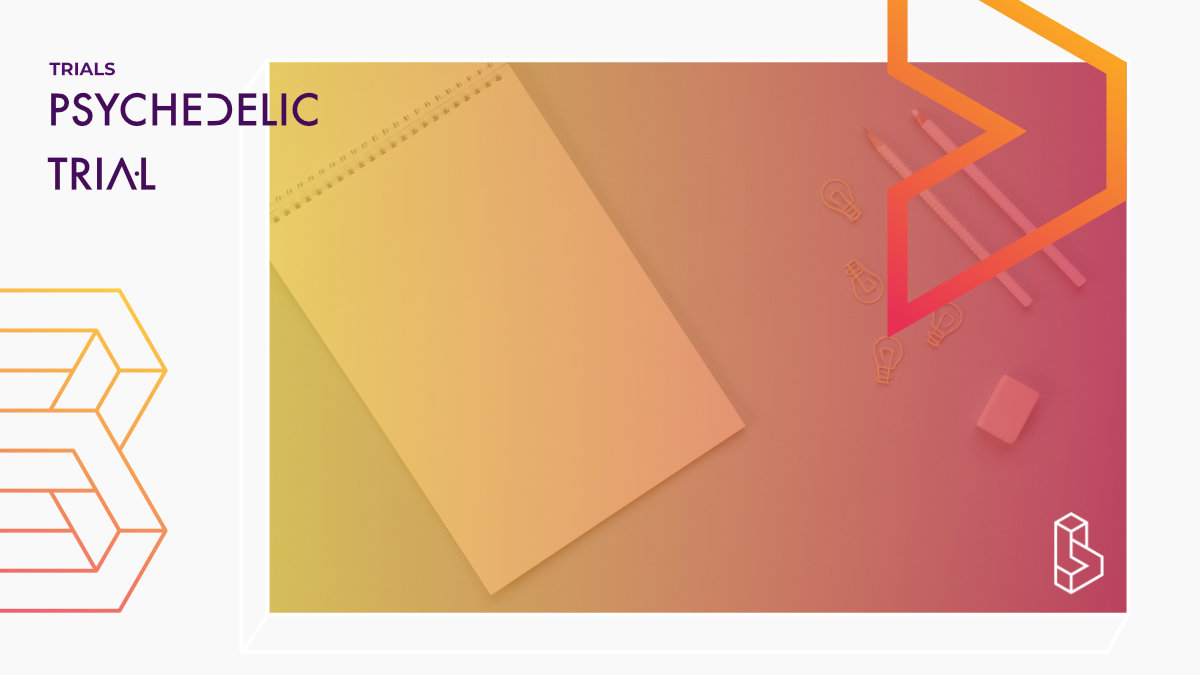Depression is the leading cause of disability globally (1, 2). One-third to one-half of patients suffering from major depressive disorder (MDD) do not achieve remission even after multiple antidepressant trials (3). Ketamine is a commonly-used FDA-approved anesthetic medication that at subanesthetic doses leads to rapid antidepressant and anti-suicidal ideation effects in hours, rather than weeks, following administration. Despite these promising findings, a key limitation of ketamine treatment is that it only yields an antidepressant response in approximately 50% of those treated.
The goal of this project is to A) elucidate ketamine’s mechanism of action and B) identify biomarkers predicting treatment outcome to ketamine which could be used to match patients to treatment based on the likelihood of effectiveness at the individual level. Data from animal models suggests that ketamine acts by enhancing the connections between neurons through a process known as synaptic plasticity (4-7), and that these biological changes are responsible for the sustained behavioral effects of ketamine (8).
A newly available tool allows us to image the density of these synaptic connections in the living brain using PET (positron emission tomography) imaging with a radiotracer called [11C]UCB-J, which is a marker of synaptic density.
We propose to directly quantify synaptic density in depressed patients before and after a course of ketamine, to examine changes in density following treatment. In exploratory analyses, we will examine synaptic density as a mediator of the sustained antidepressant effects of ketamine and as a predictor of treatment outcome.
To study these questions, we will quantify synaptic density using PET imaging before and after a course of 4 sequential intravenous infusions of ketamine administered over a two week period. Study participation involves an inpatient stay of approximately three weeks at the New York State Psychiatric Institute at no cost.
Trial Details
Trial Number
Sponsors & Collaborators
New York State Psychiatric InstituteThe New York State Psychiatric Institute (NYSPI), established in 1895, was one of the first institutions in the United States to integrate teaching, research and therapeutic approaches to the care of patients with mental illnesses.
Measures Used
Hamilton Depression Rating ScaleThe Hamilton Depression Rating Scale (HDRS) is a multiple item questionnaire used to provide an indication of depression, and as a guide to evaluating recovery. The scale consists of 17 items which each item being scoring on a 3 or 5 point scale. The higher the score, the more likely a person is depressed.

